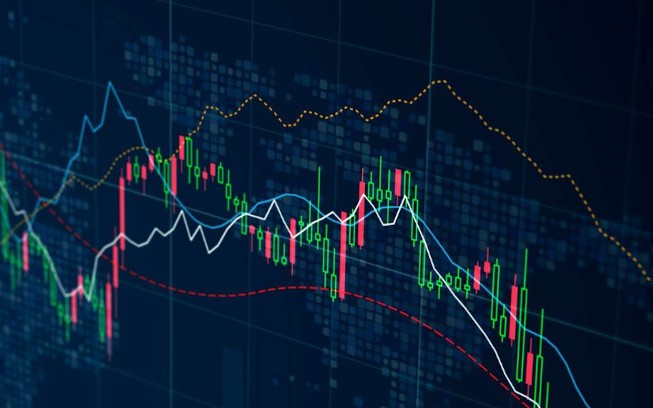
What is Forex Trading?
Forex trading, short for foreign exchange trading, refers to the process of exchanging one currency for another in the global financial market. This market operates 24 hours a day, five days a week, and is one of the largest financial markets in the world. With high liquidity and significant trading volumes, Forex attracts a variety of participants, from individual retail traders to large financial institutions. For those interested in Forex trading, understanding its meaning is crucial for navigating this complex landscape. As you delve into the intricacies of Forex, various aspects such as market mechanisms, currency pairs, and trading strategies will come into play. You might even consider engaging with forex trading meaning Argentina Brokers to facilitate your trading journey.
The Mechanics of Forex Trading
At its core, Forex trading involves buying one currency while simultaneously selling another, which forms what is known as a currency pair. For example, if you trade the EUR/USD pair, you are buying euros while selling U.S. dollars. The price of a currency pair reflects how much of the second currency is needed to purchase one unit of the first currency. The exchange rates fluctuate due to various factors, including economic indicators, geopolitical events, and market sentiment.
The Participants in the Forex Market
Forex trading is characterized by a diverse range of participants, each with different motives:
- Central Banks: Governments and central banks intervene in the Forex market to stabilize or increase the value of their currencies.
- Financial Institutions: Banks and hedge funds engage in Forex trading for speculative and arbitrage purposes.
- Corporations: Businesses often exchange currencies for cross-border transactions and to hedge against currency risk.
- Retail Traders: Individual traders participate in Forex trading with the hope of making profits on short-term price movements.
Understanding Currency Pairs
The Forex market is built around currency pairs, which can be categorized into three main types:
- Major Pairs: These pairs involve the most traded currencies, such as EUR/USD, USD/JPY, and GBP/USD.
- Minor Pairs: These pairs do not include the U.S. dollar but involve other major currencies, like EUR/GBP or AUD/NZD.
- Exotic Pairs: These consist of a major currency against a currency from a smaller economy, such as USD/THB (Thai Baht) or EUR/SEK (Swedish Krona).

The Impact of Economic Indicators
Economic indicators play a vital role in determining currency values in the Forex market. Metrics such as GDP growth, unemployment rates, inflation, and interest rates significantly impact market perception and, consequently, currency prices. Traders need to stay informed about economic releases and how they might affect their trades. Understanding these indicators can help traders predict market movements and adjust their strategies accordingly.
Technical and Fundamental Analysis
Forex traders primarily use two types of analysis to make informed trading decisions:
- Technical Analysis: This involves analyzing historical price data, chart patterns, and indicators to forecast future price movements. Traders look for trends, support, resistance levels, and utilize various tools and strategies for entry and exit points.
- Fundamental Analysis: This approach focuses on understanding the economic, social, and political factors affecting currency values. Fundamental analysis involves examining economic reports, news events, and geopolitical developments to gauge their potential impact on market conditions.
Developing a Trading Strategy
Creating a robust trading strategy is essential for success in Forex trading. A trader's strategy should reflect their risk tolerance, trading style, and market conditions. Strategies can range from day trading (short-term) to swing trading (medium-term) and long-term investing. Each methodology has its own set of rules and techniques, and traders often back-test strategies to assess their effectiveness.
Risk Management in Forex Trading
Risk management is a crucial aspect of successful Forex trading. Traders face numerous risks, including market volatility, geopolitical events, and leverage risks. Implementing risk management strategies such as setting stop-loss and take-profit orders, diversifying portfolios, and avoiding over-leveraging can significantly help mitigate potential losses. Understanding and embracing risk is an important component of a trader's long-term success.
Conclusion
Forex trading is a dynamic and complex financial market that carries significant risks and rewards. Understanding its meaning and mechanisms is vital for any trader looking to navigate this landscape effectively. By exploring currency pairs, economic indicators, and various analysis methods, traders can make informed decisions. Ultimately, learning to manage risk and develop a solid trading strategy will pave the way for potential success in Forex trading. Whether you are an experienced trader or a beginner, grasping the fundamentals of Forex trading is the first step toward achieving your trading goals.
